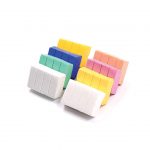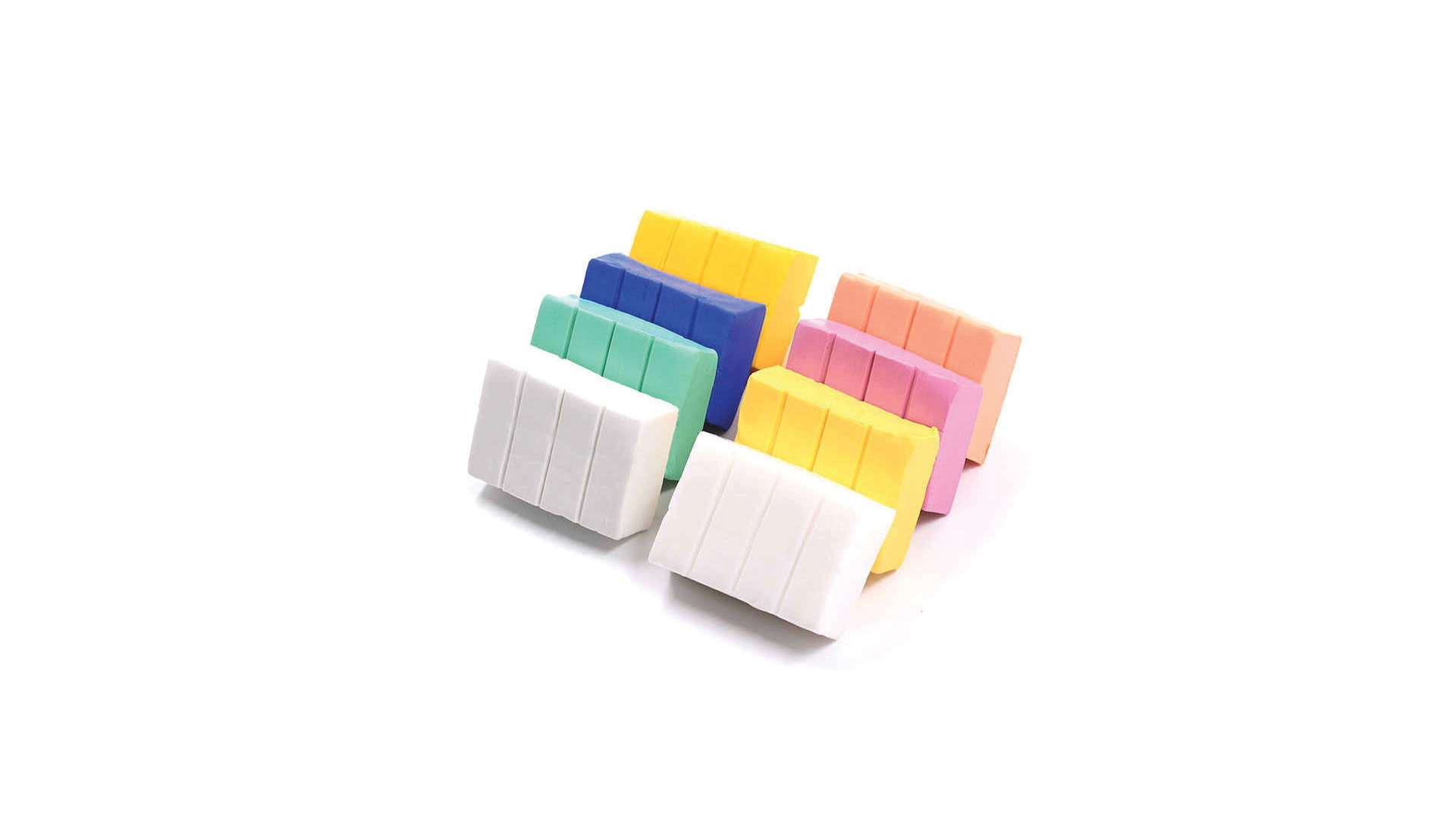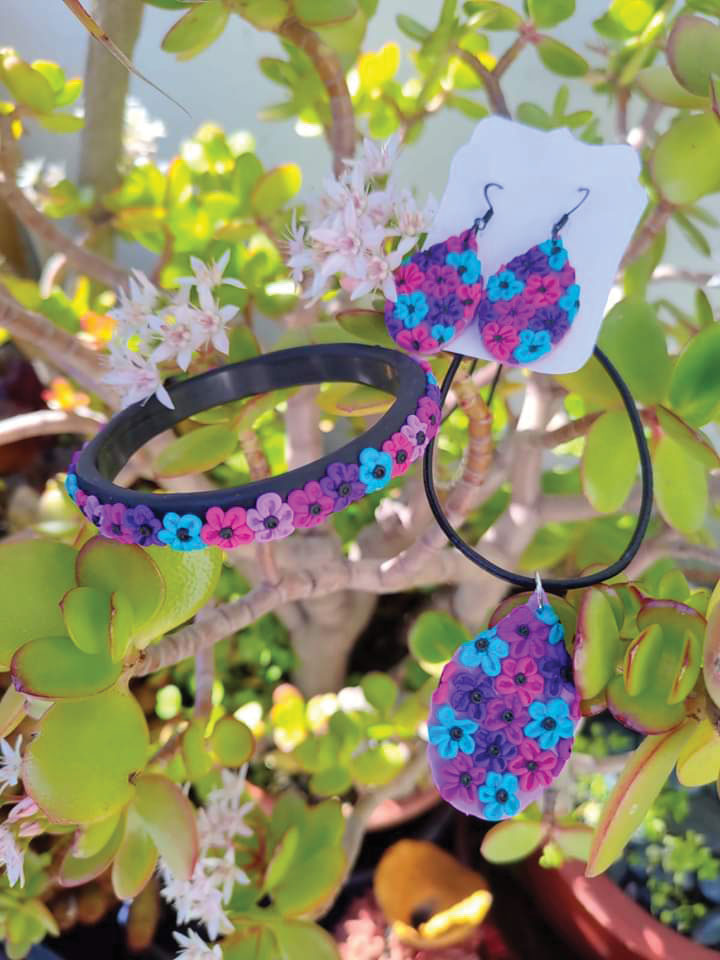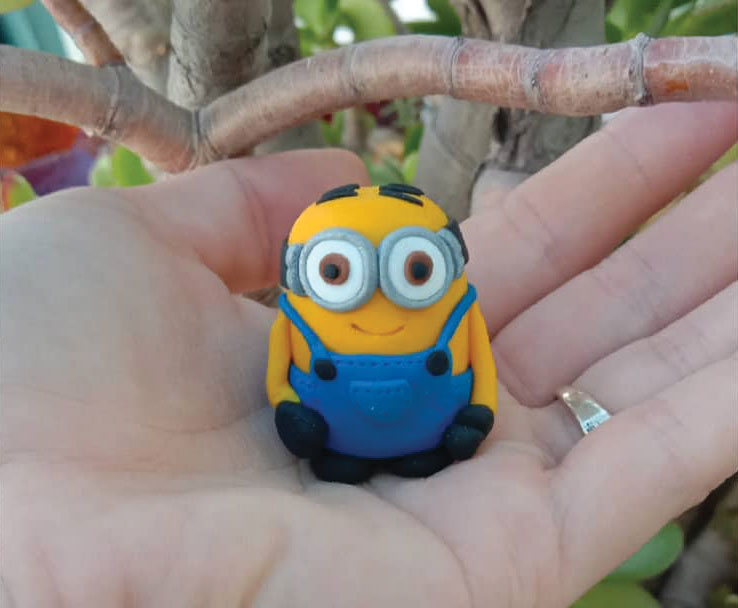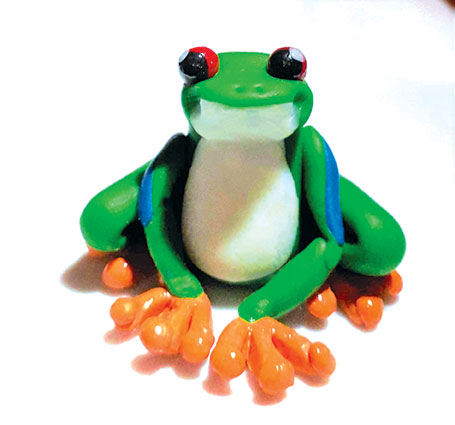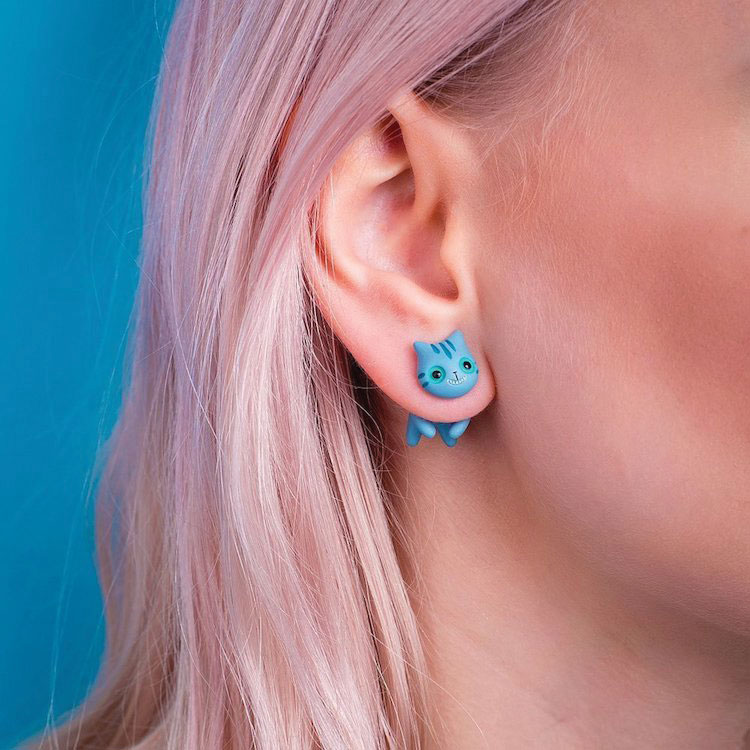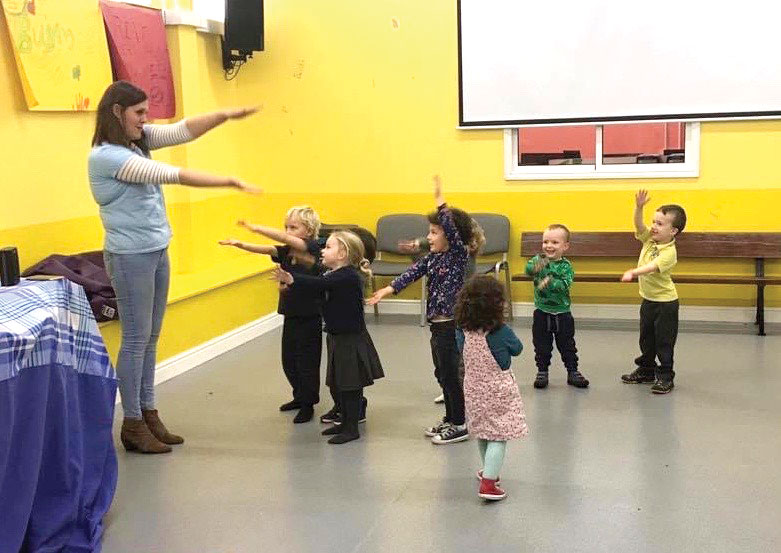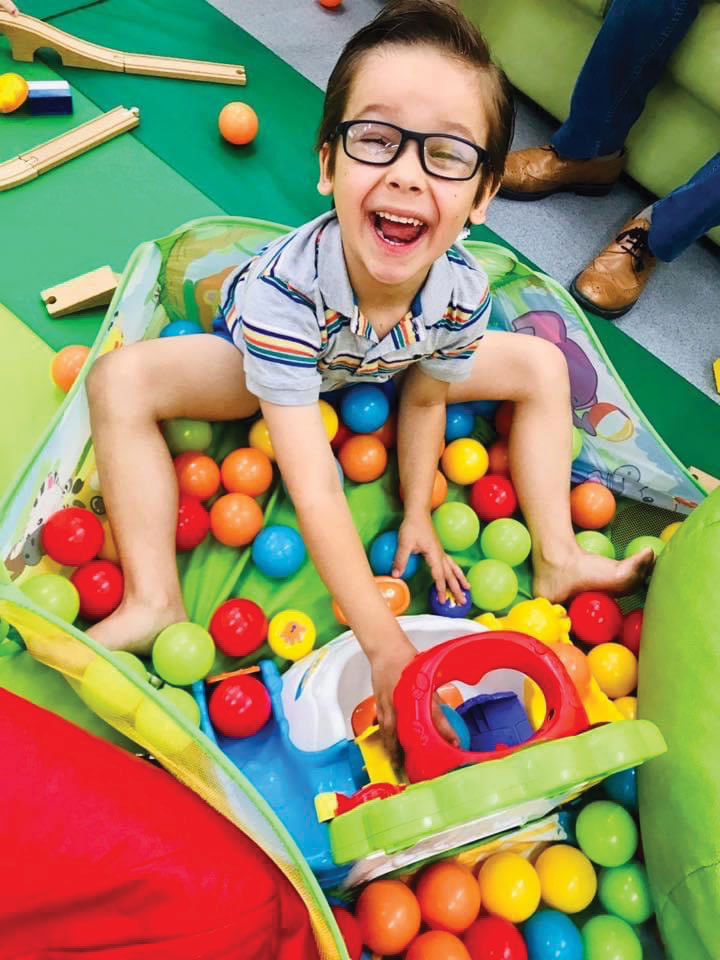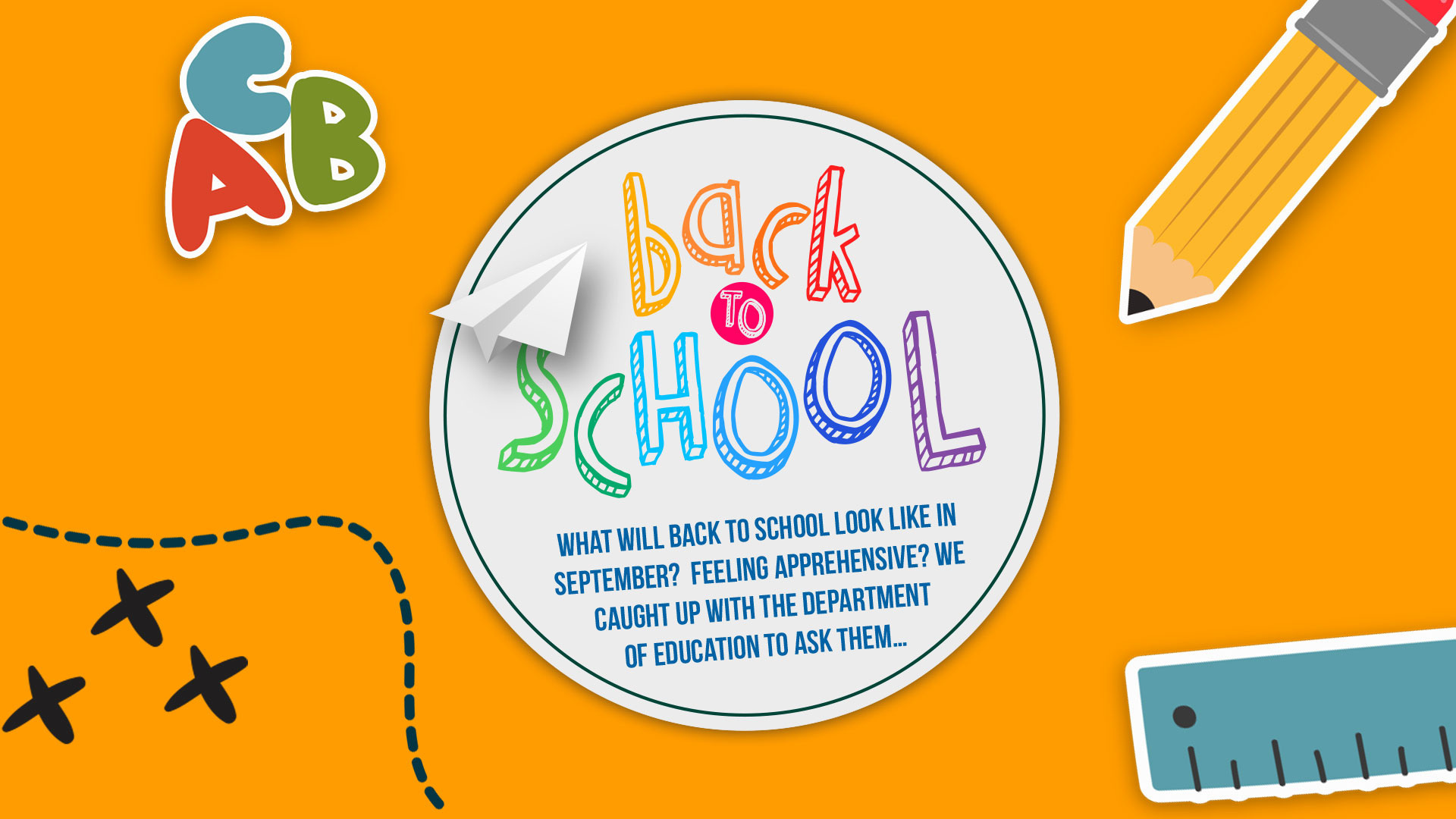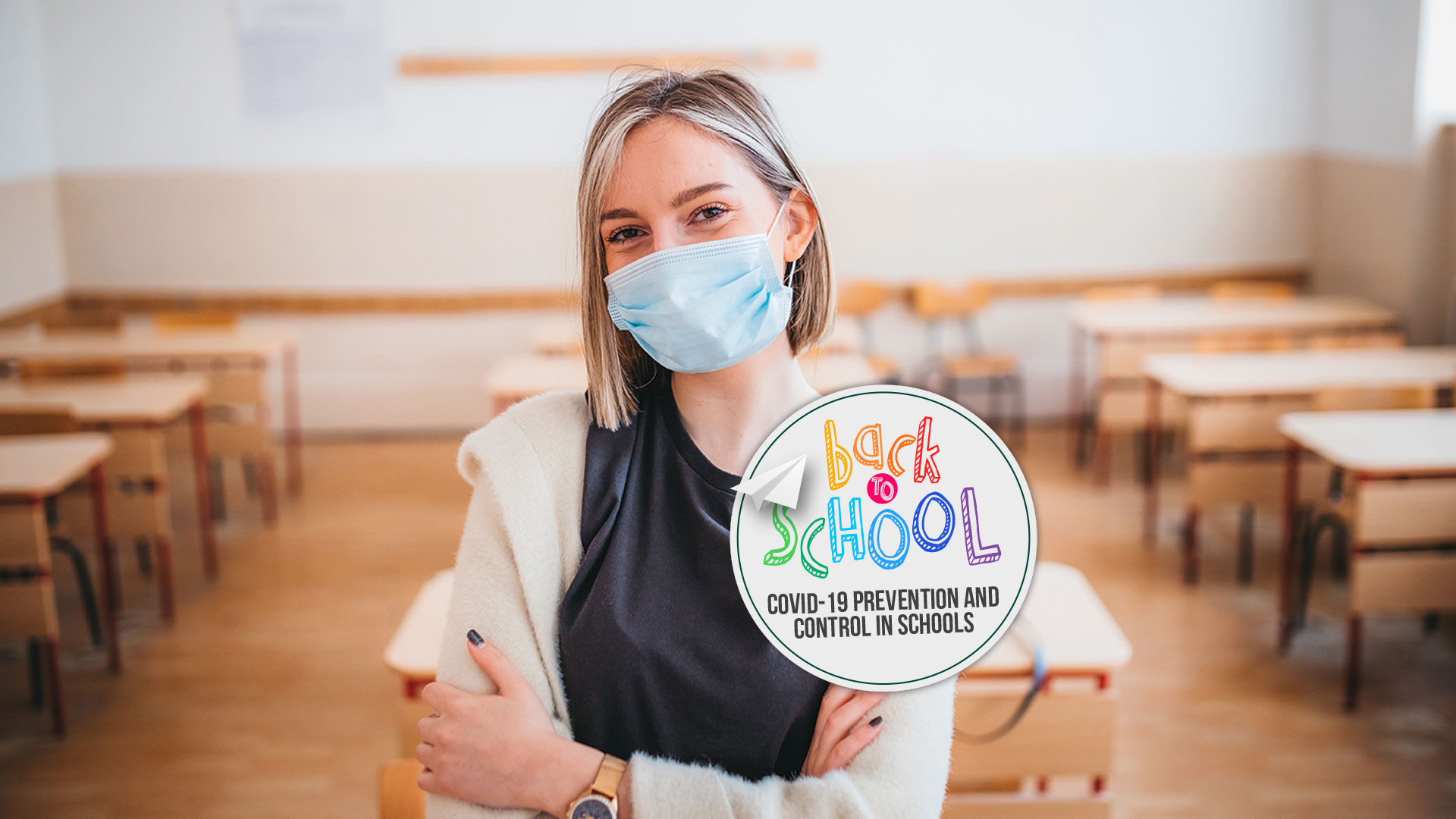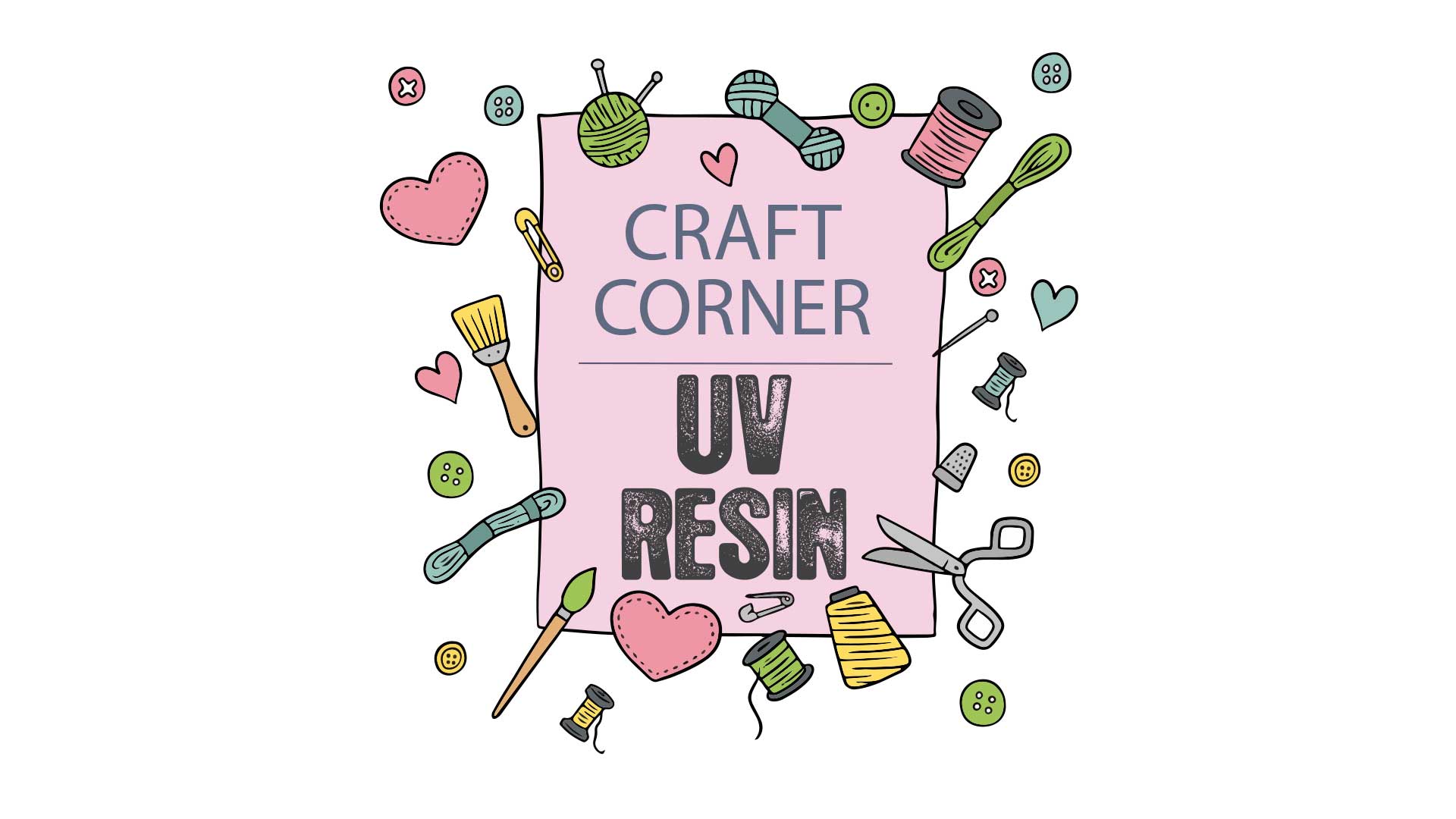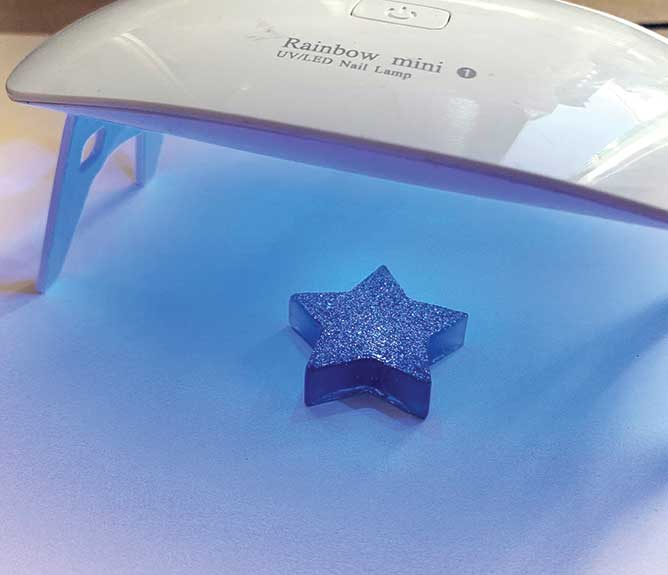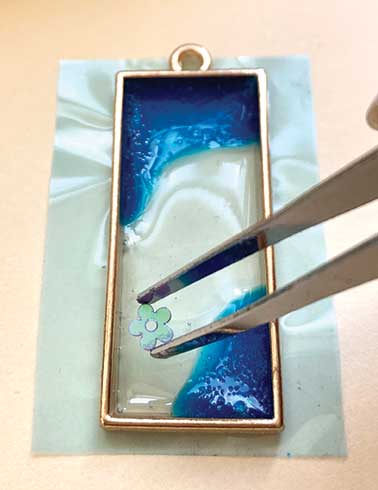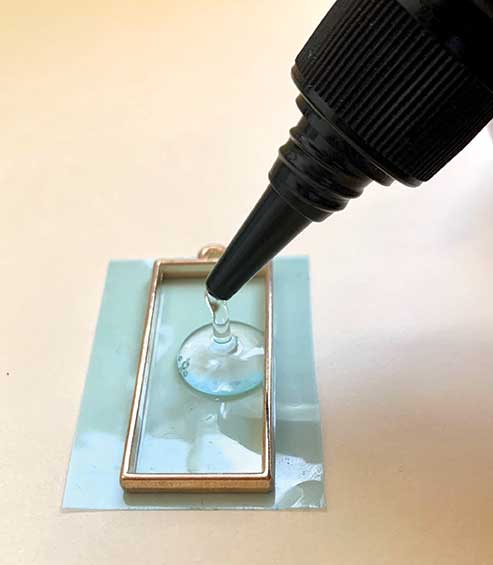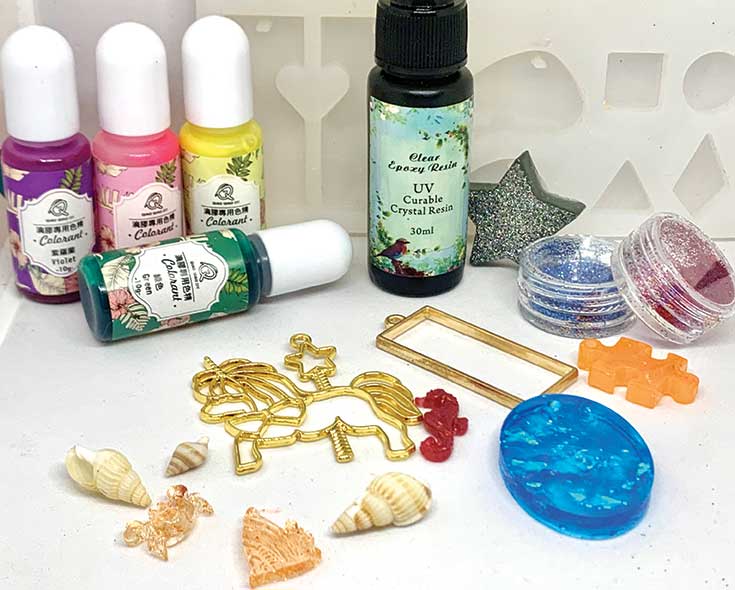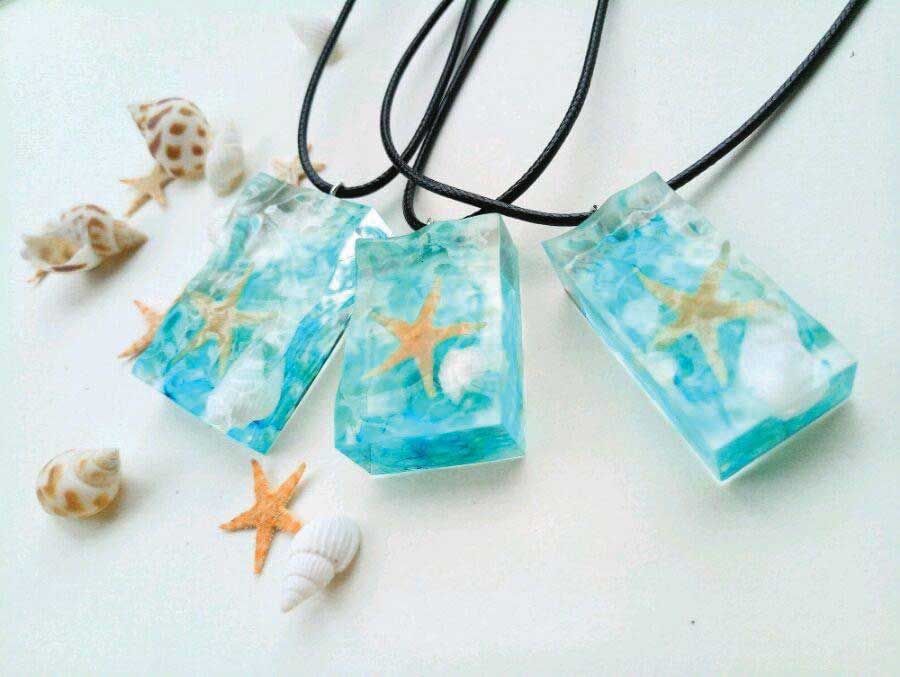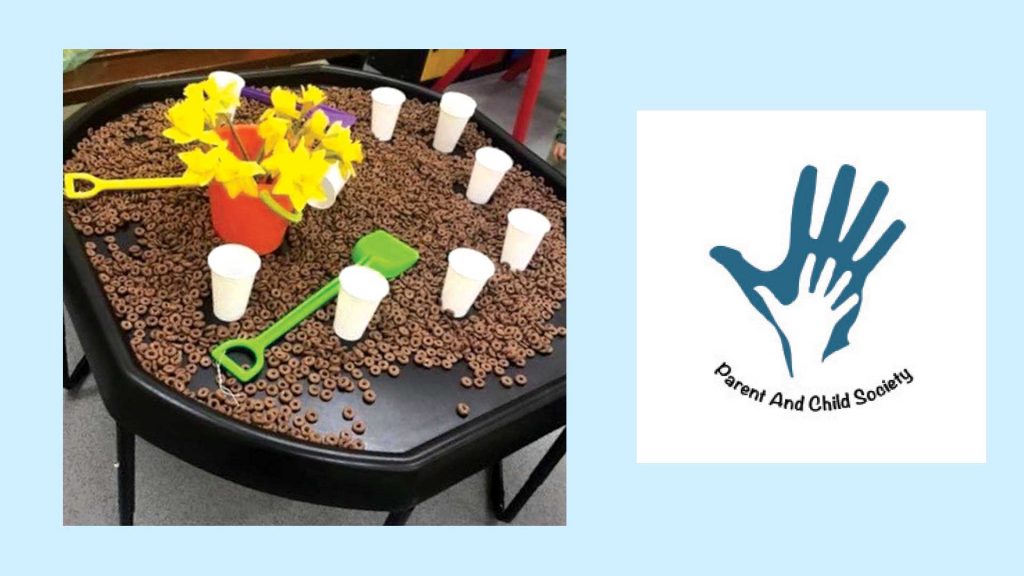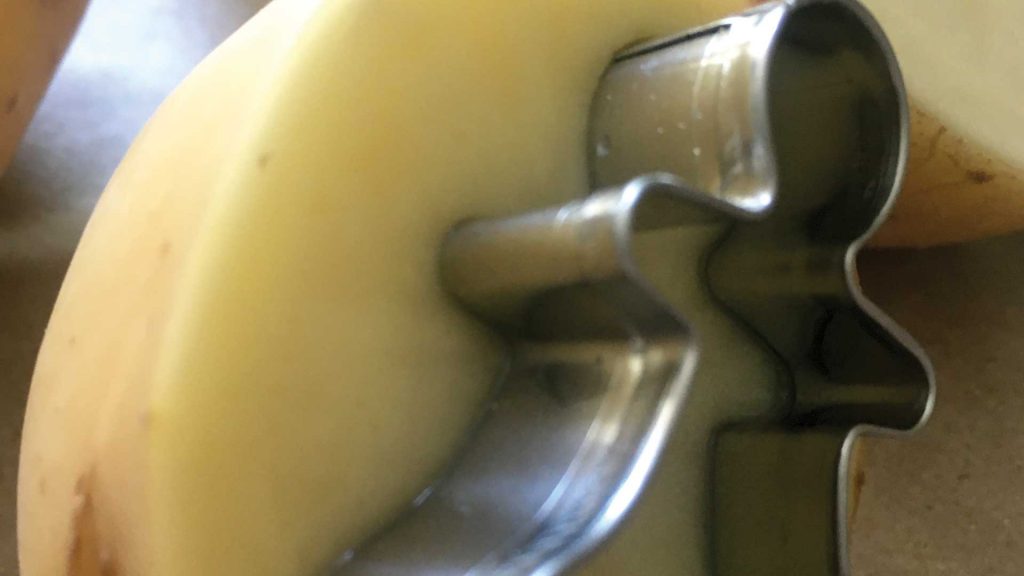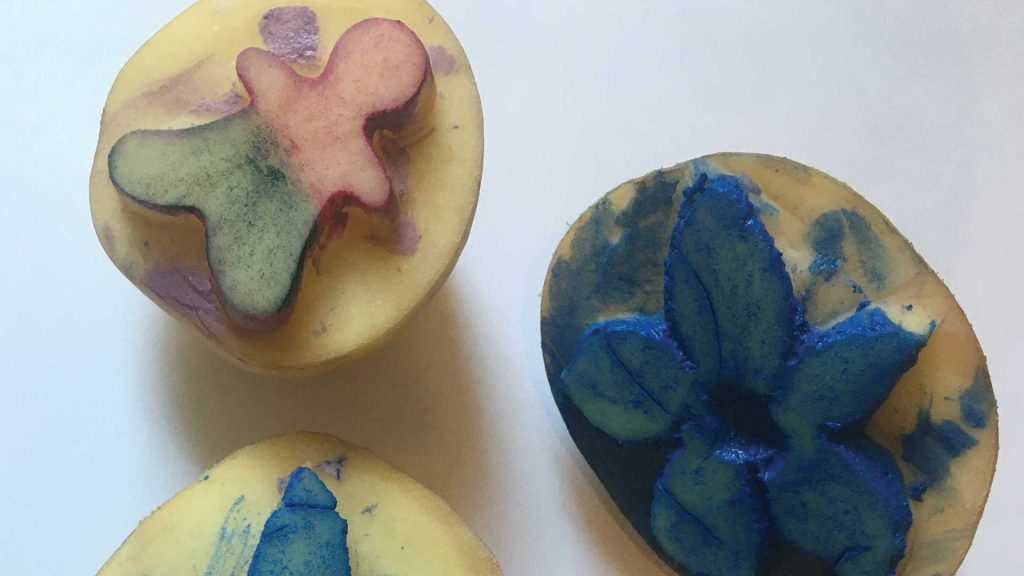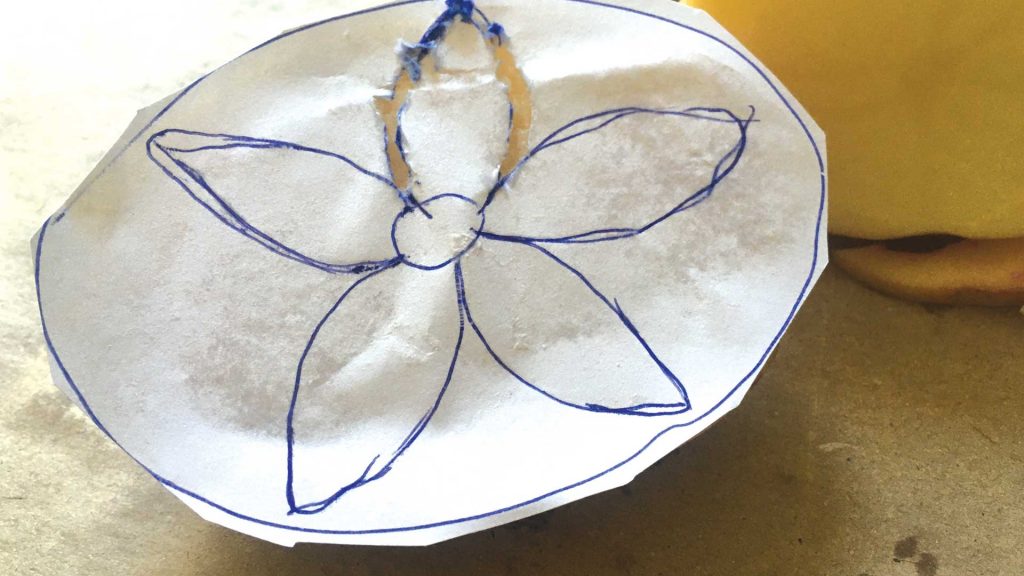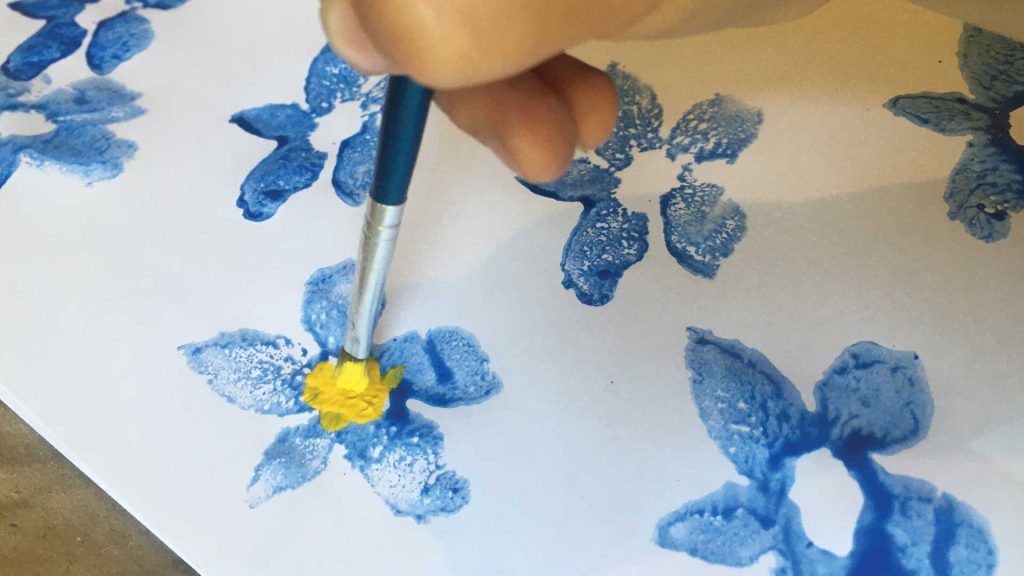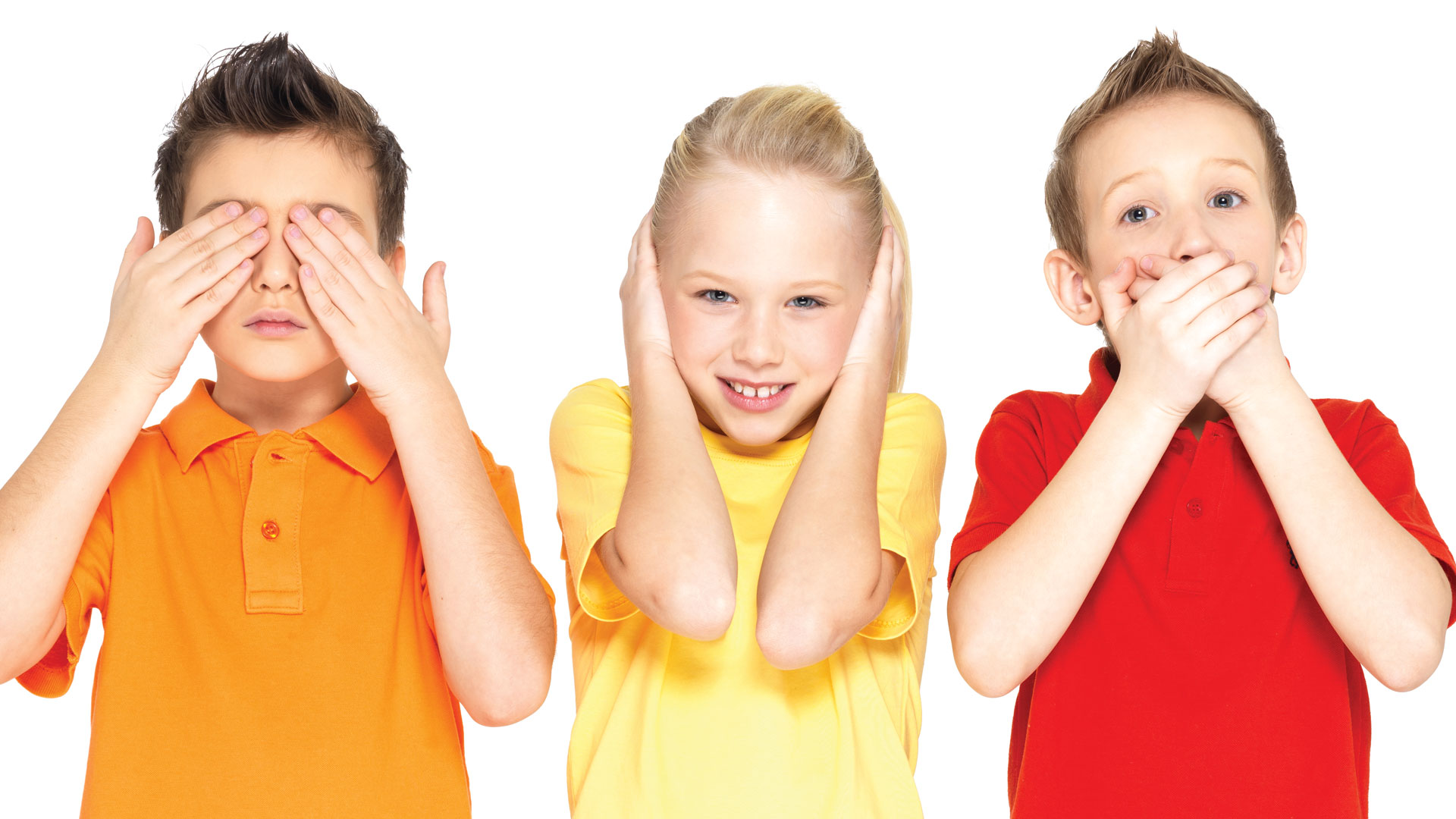To messy play or not?
Messy play or as it is also known sometimes sensory play can be some parent’s nightmare. The thought of the cleaning up or potential mess of your home environment can put some parents off. When my own children were growing up playdough was a no-no in our house however, I would happily take my children along to play group and let them indulge in any form of messy play.
Messy play can be beneficial to your child or children on several different levels. It is a creative hand on type of play, because of this type of creative play it gives children endless ways to develop and learn. Young children learn from their environment and the sensory impact it has on them. Research has shown that sensory play can help build neural connections that helped to support thought learning and creativity. Sensory play also supports cognitive growth fine and gross motor skills problem solving and reasoning as well as supporting language development and social interaction.
Messy play gives children a variety of opportunities to develop their fine motor skills this could be through squishing and squeezing playdough cutting and rolling out shapes. A tray full of fine sand or salt where children can practise letter shapes and number shapes can help their development in these areas.
Different types of play can help children develop their mathematical skills it will help them discuss sizes, shapes, height, weight and counting of a variety of different materials. At the Parent and Child Society we enjoy encouraging children to look at the different items on a sensory table and discuss the differences between them.
Sensory or messy play plays a crucial role in brain development in the early years of childhood the brain is more adaptable when you are young and you have the opportunity to be more imaginative and creative and with new and different experiences this can lead to innovation and problem solving by your child.
Every parent worry that their little ones do not spend enough times outdoors too much time is spent on devices messy and sensory play can help with this it helps to create creative play skills. Messy play does not focus on producing something specific like a craft, so it gives the children the freedom to explore lots of possibilities. This freedom of play helps your child to develop self-confidence and self-esteem they have a sense of control as there is no right or wrong way to play or create.
You and volunteers at playgroups play an important role in this type of play although children need to feel they have time to play to create and explore they will also be looking for guidance and support from those around them . Your reaction to the feeling of slime or dough in front of your child will impact their reaction so be brave and join in!
At the Parent and Child Society we have designed our sessions to help your child to engage and give them the opportunity to try different things that you may not be keen on to do at home. It may take a few sessions for you and your child to get comfortable with messy play, but the benefits are well worth it and your child will thank you for it in the future.
In Gibraltar, the Parent and Child Society have been offering playgroups to the community for the last 10 years. The Society offers several different sessions suitable for all children under the age of 5. So, although it could be scary to come along to a new place, we encourage you to take the plunge and come see what we do at our sessions. For all the dates and times of our current sessions please follow us on our Facebook page Parent and Child Society Gibraltar.
We look forward to seeing you soon.



